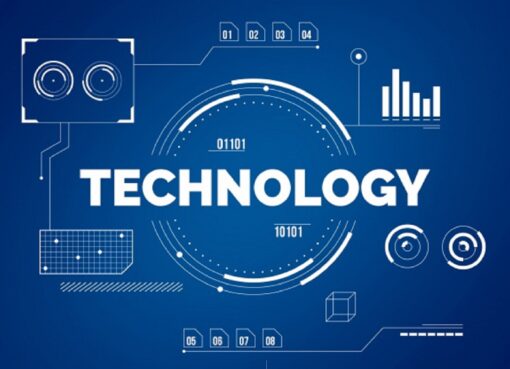Understanding Computer Software

Computer software plays a crucial role in our daily lives, powering everything from our smartphones to our laptops. But what exactly is computer software, and how does it work? In this blog post, we will explore the basics of computer software and help you gain a better understanding of this essential component of modern technology.
What is Computer Software?
Computer software refers to a collection of programs, data, and instructions that tell a computer how to perform specific tasks. It is the intangible component of a computer system that enables hardware to function and allows users to interact with the machine.
There are two main types of computer software:
1. System Software
System software is the foundation of any computer system. It includes the operating system, device drivers, and utility programs that manage and control the hardware. The operating system, such as Windows or macOS, provides a user interface and manages resources like memory and storage. Device drivers enable communication between the hardware and software, while utility programs perform various maintenance tasks.
2. Application Software
Application software refers to programs designed to perform specific tasks or provide specific functionality to users. Examples of application software include word processors, spreadsheets, web browsers, and video editing tools. Application software allows users to create, edit, and manipulate data according to their needs.
How Does Computer Software Work?
Computer software works by executing a series of instructions that are written in a programming language. These instructions are then translated into machine code, which is a low-level language that the computer’s processor can understand and execute.
When a user interacts with software, they input commands or data through a user interface. The software processes this input, performs the necessary calculations or operations, and produces the desired output, which is then displayed to the user.
Software developers write code using programming languages like C++, Java, or Python. They use these languages to create algorithms and logic that define how the software should behave. The code is then compiled or interpreted into machine code, which can be executed by the computer.
Software Development Life Cycle
Software development follows a structured process known as the Software Development Life Cycle (SDLC). This cycle consists of several stages:
1. Requirements Gathering
In this stage, developers gather and analyze the requirements for the software. They identify the goals, features, and functionality that the software should have.
2. Design
During the design phase, developers create a blueprint of the software’s architecture and user interface. They determine how different components will interact and how the software will look and feel to users.
3. Development
In the development phase, developers write the code for the software based on the design specifications. They use programming languages and development tools to create the functionality and logic of the software.
4. Testing
Testing is a crucial stage in software development. Developers test the software to identify and fix any bugs or errors. They also ensure that the software meets the requirements and functions as intended.
5. Deployment
Once the software has been tested and approved, it is ready for deployment. This involves installing the software on the target devices or servers and making it available to users.
6. Maintenance
After deployment, developers provide ongoing maintenance and support for the software. They release updates and patches to address any issues or add new features based on user feedback.
Conclusion
Computer software is the backbone of modern technology, enabling us to perform a wide range of tasks efficiently. Understanding the basics of computer software, including its types and how it works, can help us make the most of our devices and appreciate the complexity behind the software we use every day.



Leave a Comment